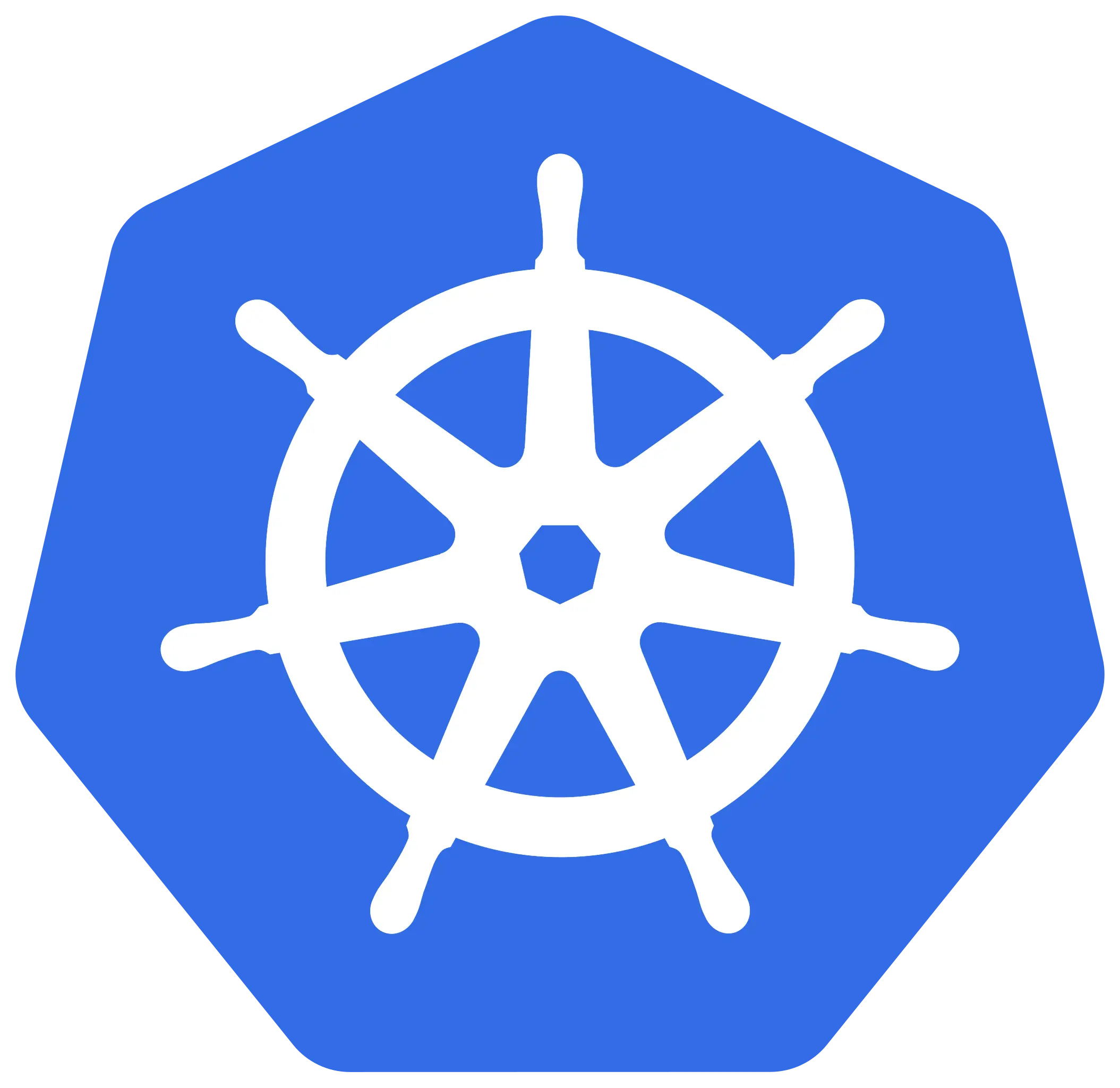Kubernetes

Kubernetes, often abbreviated as K8s, represents the industry standard for container orchestration, providing a powerful platform for automating the deployment, scaling, and management of containerized applications. Originally developed by Google based on their internal Borg system and released as an open-source project in 2014, Kubernetes has since been adopted by the Cloud Native Computing Foundation (CNCF) and evolved through contributions from a vibrant global community. The system addresses the fundamental challenges of running applications in containers at scale by abstracting away the underlying infrastructure and providing declarative APIs that enable users to define the desired state of their applications. Kubernetes then continuously works to ensure that the actual state of the system matches this desired state, automatically handling tasks such as container placement, scaling, load balancing, and recovery from failures. This approach frees development and operations teams from many manual tasks involved in container management, allowing them to focus on application development rather than infrastructure concerns.
Kubernetes’ architecture is deeply rooted in Linux technologies, making it a natural fit for organizations with Linux-based infrastructure. The system leverages Linux kernel features such as cgroups and namespaces for container isolation and resource management, while its control plane components and node agents are designed to run efficiently on Linux systems. For Linux administrators, Kubernetes extends familiar concepts like service discovery, load balancing, and storage management into the containerized world, providing a consistent operational model across diverse environments from bare metal to public clouds. The platform’s extensible architecture supports a rich ecosystem of add-ons for networking, storage, security, and monitoring, allowing organizations to build comprehensive container platforms tailored to their specific requirements. Additionally, Kubernetes’ declarative configuration model aligns perfectly with infrastructure-as-code practices common in modern Linux environments, enabling automated, version-controlled management of application deployments through tools like Helm, Kustomize, and GitOps operators. As containerization continues to gain momentum as the preferred method for packaging and deploying applications, Kubernetes has become an essential technology for organizations seeking to modernize their infrastructure while maintaining the security, stability, and performance advantages of Linux systems.
Advantages
- Declarative configuration approach enables precise definition of application requirements and infrastructure needs as code, supporting GitOps workflows and version control
- Self-healing capabilities automatically restart failed containers, replace and reschedule containers when nodes die, and kill containers that don’t respond to health checks
- Horizontal scaling allows applications to scale up or down automatically based on CPU utilization or custom metrics, ensuring optimal resource utilization
- Service discovery and load balancing eliminate the need for custom service discovery mechanisms by assigning DNS names to services and distributing traffic
- Automated rollouts and rollbacks ensure changes to application configurations or container images are applied gradually with health monitoring, reverting automatically if issues arise
Risks
- Steep learning curve due to complex architecture and numerous abstractions can delay initial productivity and require significant training investment
- Operational complexity increases with cluster size, multi-cluster deployments, or advanced networking and security requirements
- Resource overhead from Kubernetes components may not be justified for simple applications or small deployments where orchestration benefits are limited
- Security configuration requires specialized knowledge to implement properly, with potential for misconfiguration leading to security vulnerabilities
- Stateful application management remains more challenging than stateless workloads, requiring careful planning for persistent storage, backups, and data migration
